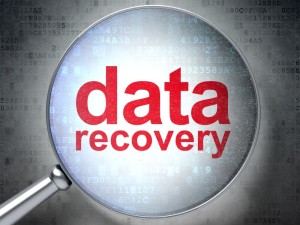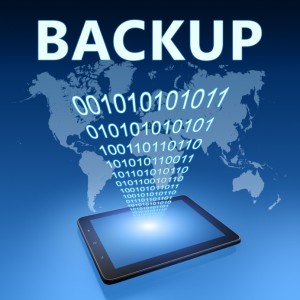
Having a backup disaster recovery plan in place can ensure that you and your team know how to act if a major data loss occurs.
So you understand the importance of having a backup disaster recovery plan, and you’ve probably put a lot of thought and work into figuring out what you would do in any number of worst-case scenarios, but you may have missed one very important step. Until you’ve written it down, your plan isn’t finished. A plan that has been written down and shared will gain much more respect and understanding than one that hasn’t. Both of those things are necessary for the plan to actually work. It really should be more than just a few notes scribbled on a couple of pages though. Write it more like a policy. Compare it to your privacy policy, or something similar, for professionalism. Once you have it all written out, make sure you’ve actually included absolutely everything. Here are a few details to make sure you’ve included in your plan.
A chain of command
When everything is falling apart, especially if the situation doesn’t perfectly fit a situation described in the plan, everyone will be scrambling to figure out who is in charge. It’s very important that this is decided before a disaster occurs. Knowing who will be in charge of who, and who will be allowed to make which decisions will prevent mistakes later. It will also save a lot of valuable time in the case of an emergency.
A timeline
Make your plan much more specific by noting the amount of time that each step should take. First, this will keep everything aligned. One department won’t be confused by another department being two steps behind. Second, it will keep the entire office working quickly. It’s easy to slow down when you’re tired, and by halfway through a disaster situation, your employees will be exhausted. However, hours and minutes are crucial in this process. Make sure you can keep your employees moving as quickly as possible to get everything back on track.
Names
You can clear up a lot of confusion ahead of time by specifying who is supposed to do what. It’s really easy to just note that something should be done, but if no name is next to the task, it’s likely to never happen. At least mention which department is supposed to accomplish a task, and if possible, give the responsibility to a specific position. It’s even better if you can put an employee’s actual name next to a task. This will cause that employee to feel ownership over the task, and there’s no better way to encourage an employee to do a great job.
Plans for education
No matter how perfect your plan is, it is guaranteed to fall apart if no one knows what is supposed to happen. Make sure that your entire staff knows exactly what to do in the case of a disaster. Some companies might do this through a series of classes. Others might simply cover a different aspect of the plan for an hour in a weekly meeting. You know how your employees think, and you know how they learn best. Use these methods to make sure that they know the backup disaster recovery plan as well as you do. And then put that in the plan as well. This will help to encourage it to continue to happen just as it should. Remember, educating your employees is by far the most important part of your disaster recovery plan.
Still interested in learning more about writing a backup disaster recovery plan? We’re experts in the industry, and we can help you with that, or anything else that you need. Contact us. We’re here to help.


